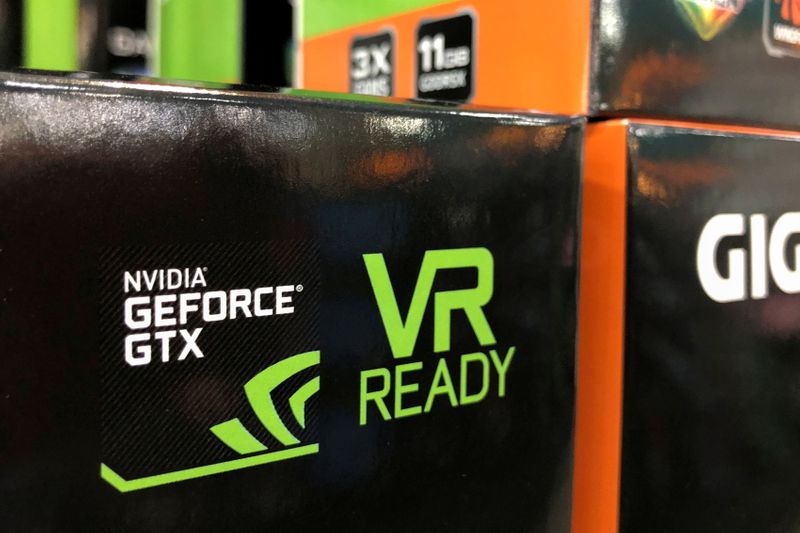How are energy investors positioned?
SAN JOSE – NVIDIA (NVDA), the semiconductor giant with a market capitalization of $2.85 trillion and a perfect Piotroski Score of 9 according to InvestingPro, has introduced a suite of technologies aimed at revolutionizing humanoid robot development, headlined by the NVIDIA Isaac GR00T N1, touted as the world’s first open, fully customizable foundation model designed for generalized humanoid reasoning and skill acquisition. This announcement was made during NVIDIA’s GTC event on March 18, 2025.
The GR00T N1 model is part of a broader initiative to address global labor shortages by providing developers with advanced tools to create more adaptable and capable robots. The model is pretrained and available to robotics developers globally, marking a significant step in the evolution of generalist robotics. This initiative comes as NVIDIA continues its impressive growth trajectory, with revenue surging 114.2% in the last twelve months to $130.5 billion.
Jensen Huang, NVIDIA’s CEO, emphasized the transformative potential of these technologies in his keynote. The GR00T N1 foundation model operates with a dual-system architecture, which includes a fast-thinking action model (System 1) for intuitive responses and a slow-thinking model (System 2) for deliberate planning. System 1 is trained on a blend of human demonstration data and synthetic data from the NVIDIA Omniverse platform, while System 2 employs a vision language model for action planning.
The collaboration between NVIDIA and humanoid robot developer 1X has already yielded results, with 1X’s humanoid robot autonomously performing household tasks using a policy built on the GR00T N1 model. Bernt Børnich, CEO of 1X Technologies, praised the model’s breakthrough capabilities in robot reasoning and skills.
In addition to GR00T N1, NVIDIA is working with Google DeepMind and Disney Research to develop Newton, an open-source physics engine optimized for robot learning. This collaboration aims to enhance the precision with which robots handle complex tasks and is expected to result in a more than 70x acceleration of robotics machine learning workloads.
To support the development of humanoid robots, NVIDIA also announced the Isaac GR00T Blueprint for synthetic manipulation motion generation. This blueprint allows for the creation of large amounts of synthetic motion data, which has already improved the performance of GR00T N1 by 40% when combined with real data.
The GR00T N1 dataset, along with other resources, is now available for download from Hugging Face and GitHub. Additionally, NVIDIA’s DGX Spark personal AI supercomputer was announced as a turnkey system for expanding GR00T N1’s capabilities.
This news is based on a press release statement from NVIDIA and does not endorse any claims made. The availability of the Newton physics engine is slated for later this year, and further details can be gleaned from the GTC keynote and upcoming Humanoid Developer Day sessions. With analysts forecasting 54% revenue growth for fiscal year 2026 and maintaining a strong buy consensus, NVIDIA’s momentum in AI and robotics appears set to continue. For deeper insights into NVIDIA’s financial health and growth prospects, including 20 additional exclusive ProTips and comprehensive valuation metrics, visit InvestingPro.
In other recent news, NVIDIA has unveiled a series of new products and technologies aimed at enhancing AI and computing capabilities. The company introduced the NVIDIA RTX PRO Blackwell GPUs, which are designed to accelerate workflows in AI, technical, creative, and engineering fields. These GPUs are expected to significantly boost performance and productivity for professionals. Additionally, NVIDIA launched personal AI supercomputers for desktops, known as the DGX Spark and DGX Station, which bring the power of NVIDIA’s Grace Blackwell architecture to smaller, more accessible systems for AI developers and researchers.
NVIDIA also announced new energy-efficient AI factory switches, the Spectrum-X and Quantum-X, which aim to improve networking infrastructure in AI data centers while reducing energy consumption. Another major development is the introduction of the Blackwell Ultra platform, which promises to enhance AI reasoning and scaling inference capabilities, offering 1.5 times the performance of its predecessor. This platform is expected to be available from partners like Cisco and Dell Technologies starting from the second half of 2025.
Furthermore, NVIDIA introduced NVIDIA Dynamo, an open-source software designed to optimize AI inference efficiency across extensive GPU networks. This innovation is anticipated to double the performance and revenue of AI factories using the same number of GPUs. These developments reflect NVIDIA’s ongoing efforts to advance AI infrastructure and performance, with support from industry leaders and major cloud service providers.
This article was generated with the support of AI and reviewed by an editor. For more information see our T&C.
